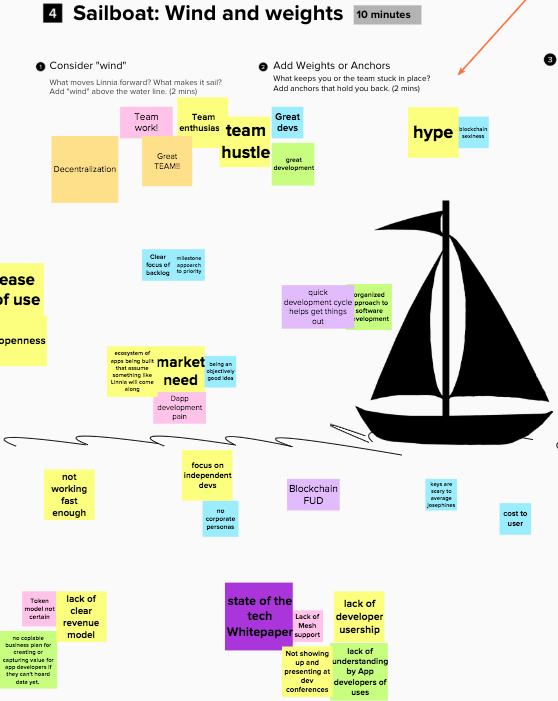I’ve run a few experiments this year as I kickoff working with teams who are innovating on the bleeding edge – blockchain. Below are two case studies from 2018 – click through to read the methods and takeaways.
GAMES, SPECULATIVE FICTION + DESIGN THINKING
Design Thinking is popular and proven technique for learning tons about a problem and coming up with a testable, human-centered idea to address it. To me, one of the key benefits is that it forces us to focus on high-value facets of an issue. It also asks us to get loose, creative, and examine assumptions — and this is where I see a crossover with games.
Seeing people lean into creating the fiction narratives of two games I ran was delightful; imagination is a muscle and we can work it in fun ways to prepare us to use it for consequential purposes. When we’re designing the future, scifi and speculative methods can help us create without any roadmap. Here’s three ways to use imaginative speculation in innovation design, drawn from the games I created [… read more on Medium]
METHODS FOR INNOVATION WITH A DEV TEAM
Key observation: user-centered design provided hackathon participants, many of whom had not met before, a shared reality, language and methodology to express a problem and build around.
A scaffolded process enabled team members to learn about human-centered design in manageable steps so they could apply it to their work. First in coaching calls with two team members I modeled collaboration, empathy, and defining the problem to solve: the project needed to focus the direction of work and wanted to use user needs as guides.
Next, the full team engaged in a remote prep session to introduce concepts of empathy mapping, alignment, and the value of identifying convergent and divergent ideas. Finally in an in-person workshop we dove into creating human-centered design guidelines by focusing on the problems their actual users have, and connected the ideas meaningfully to their upcoming decisions about how they might solve them. [… read more on Medium]
